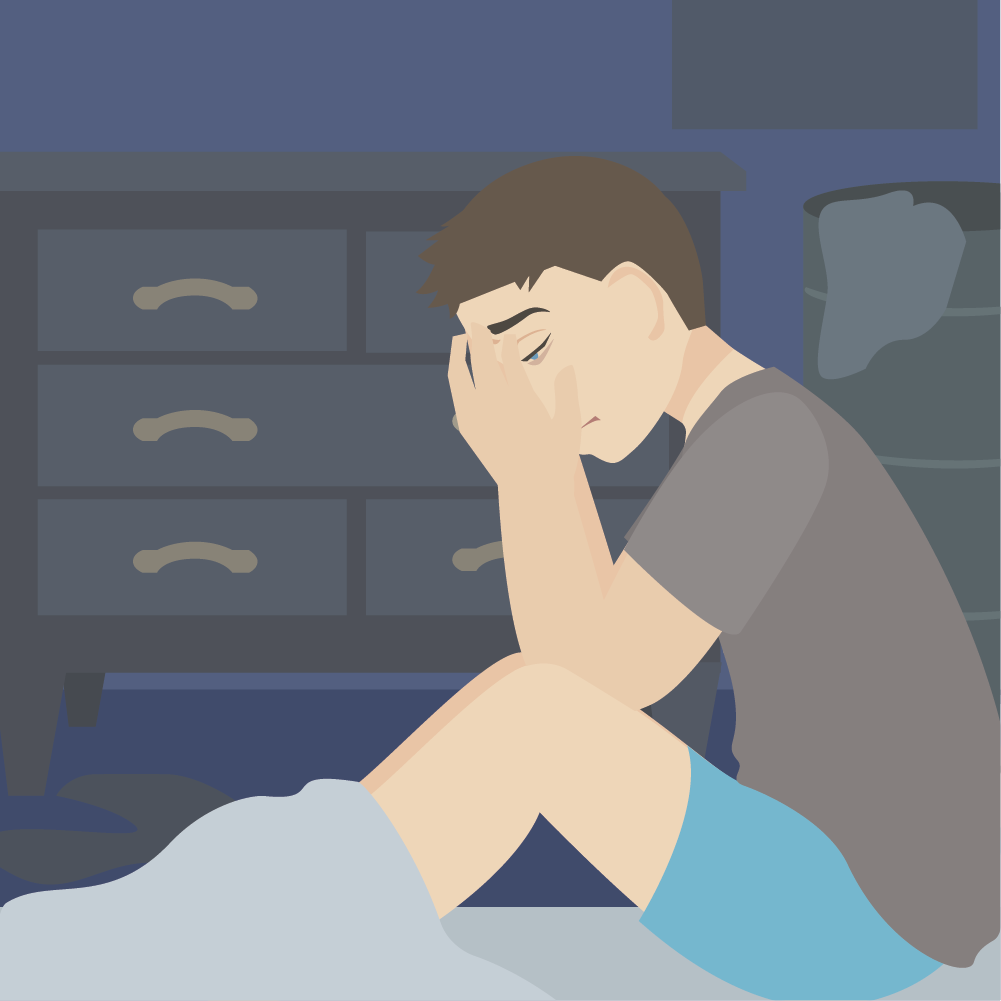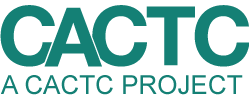As backpacks are filled, schedules arranged, and school bells ready to ring, the back-to-school season signals a new beginning for countless parents and teens. However, amidst the excitement and preparation, students will be readying themselves for a different concern at school – bullying. In 2022, 37% of 7-12th graders in Cortland County reported that they had been bullied in some way in the past year.
Bullying is a serious issue as it can lead to harmful, long lasting effects on a student’s emotional and mental health. Problems from bullying can even lead to issues like depression, anxiety, or even substance use. 7-12th graders in Cortland that were bullied were more than twice as likely (47%) than students who were not bullied (19%) to report depressive symptoms. 12% of those who were bullied in Cortland County, were at risk for a substance use disorder compared to only 8% of those who were not bullied in 2022.
Bullying isn’t just playful teasing that we may think it is. It’s when the teasing becomes hurtful, constant, and intentional through physical, verbal, or physiological ways. Bullies use real or perceived power imbalances to hit, shove, name-call, threaten, steal, or extort from someone. This bullying can be done at school, or on the way home. For our students in Cortland County, 28% were bullied on school property while 21% were bullied off school property. Another way of bullying is cyberbullying in which students use social media or electronic messaging to hurt others. 21% of Cortland County students in 2022 reported being cyberbullied in the past year.
Signs of Bullying:
There may be obvious signs that someone is getting bullied like bruises or other injuries. Most of the signs of bullying are more subtle and often build over time. These less noticeable signs look like:
- Starting to avoid certain situations (wanting to change their route for the walk home, or being driven in the morning)
- Acting anxious, or very vigilant
- Having personal belongings like clothing or electronics be lost or destroyed
- Not sleeping or eating well, or doing things normally enjoyed
- Complaining of headaches, stomach aches or other physical ailments
- Seeming moodier or more easily upset than usual
- Regularly becomes distressed after spending time online or on their phone (without a reasonable explanation)
What Can Parents Do?
If you see signs that your child is being bullied you can start by directly asking them if they are getting bullied. Sometimes you feel reluctant to tell adults if they’re bullied because being bullied can bring feelings of shame and embarrassment that it happened. They also may be worried you will be disappointed, upset, or reactive with them if you know. This is why it is important to stay calm and listen to your child when they tell you, and praise them when they tell you. Remind the students that they are not alone, 40% of Cortland County youth have experienced bullying in some form of way in 2022, and it is not shameful. It is the bullies who are behaving badly, and you can figure out what to do together.
What Can Students Do?
It’s important to not respond to bullying by fighting or bullying back because it can quickly escalate into something worse like someone getting injured. What are some other things you can do before it gets to that point:
- There are adults you can tell like a teacher, parent, or even lunchroom personnel at school to help stop bullying.
- Utilize the buddy system to stay safe from bullying. Walk with a friend in the hallways, on the bus, or wherever the bully is to ensure you’re not alone by providing support to each other.
- Hold the anger. It’s natural to be upset by the bully because that is what they want to do, they thrive on getting a reaction. “Cool down” strategies such as counting to 10, deep breathing, and walking away provide a way to process the anger as it is happening so as to keep your face calm until you are clear. People can practice not reacting by themselves using some of the techniques mentioned.
- Screenshot instances of cyberbullying to keep a record. Report instances of bullying on online platforms through their reporting means, and block the accounts from further action.
What Can Parents and Students Do?
All schools have policy and procedure on how they define bullying and how they handle it. Students and parents of the schools are given this information at the beginning of the year, but are allowed to request to see specific policies. Being informed about the steps schools can take can help you better know what to do when there’s a bully.
Sources:
Cortland Area Communities That Care (CACTC). Results and Analysis: The 2022 Cortland County Youth Survey. https://www.cortlandareactc.org/publications. February 2023.
Nemours KidsHealth. (2023, March) Helping Kids Deal with Bullies. https://kidshealth.org/en/parents/bullies.html. Accessed August 2023
UNICEF. (2023) How to talk to your children about bullying: Tips for parents. https://www.unicef.org/end-violence/how-talk-your-children-about-bullying. August 2023.



